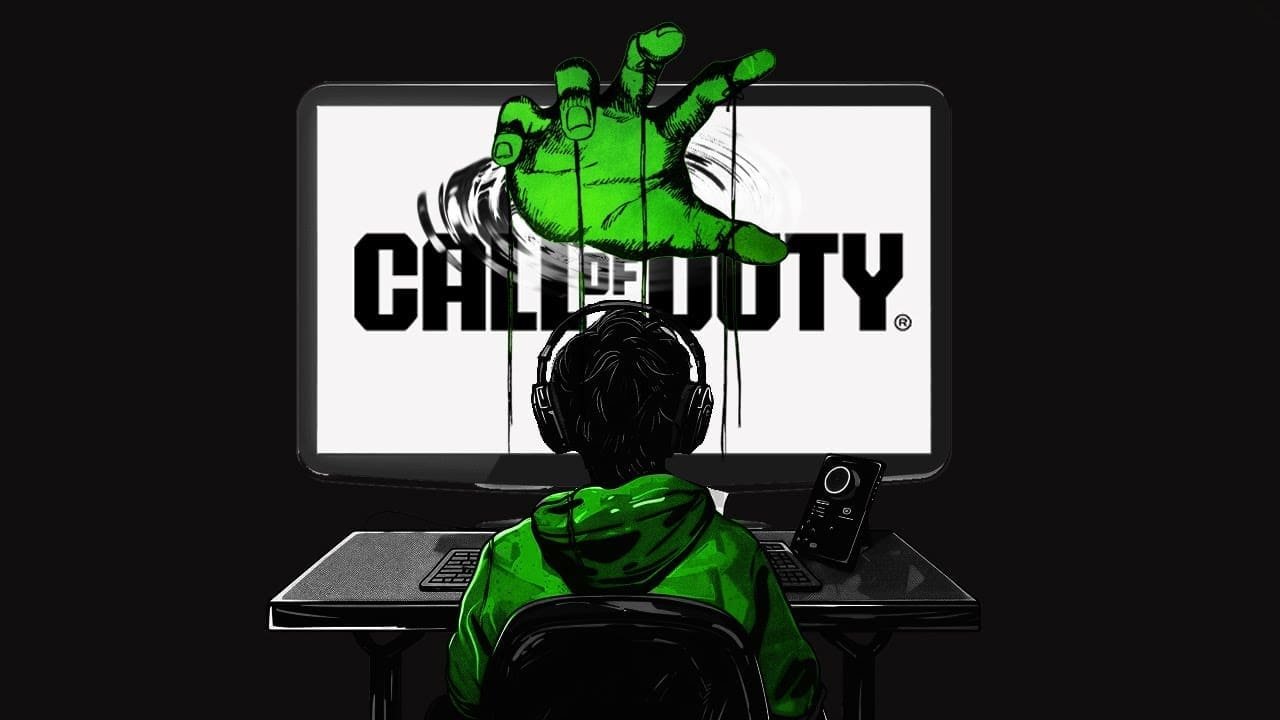The video game industry has undergone a significant paradigm shift in recent years, evolving to a point where instead of you playing games, the games are playing you. In this article, we’ll explore the concept of “Engagement Optimized Matchmaking” (EOMM) and how it’s being used to manipulate players, drive microtransactions, and ultimately compromise the integrity of gaming.
The Illusion of Choice
To illustrate this concept, consider a simple math trick. Pick a number, multiply it by 3, add 6, divide the result by 3, and subtract your original number. Regardless of the number you chose, the answer will always be 2. This is known as a “magician’s force,” where the steps lead to a predetermined outcome, making your choice irrelevant.
Similarly, in modern multiplayer video games, players make numerous “choices” during gameplay, but these choices often don’t affect the outcome, which is predetermined by the game’s algorithms.
The Evolution of Matchmaking
Mark Rubin, a former executive producer at Infinity Ward and current executive at Ubisoft, has shed light on the evolution of matchmaking systems. What started as a mechanism for playing against random opponents evolved into skill-based matchmaking, where players compete against others of similar skill levels. More recently, matchmaking has become a flexible system designed to increase player spending and retention.
A research study conducted using data from Electronic Arts, involving 37 million matches and 1.7 million unique players, delves into EOMM. The study reveals that EOMM provides a “measurable and flexible matchmaking framework” with “well-defined quantitative objectives that can be monitored, evaluated, and improved.” The framework allows developers to “change the objective function to other core game metrics of interest, such as play time, retention, or spending.”
Driving Microtransactions Through Matchmaking
An Activision Blizzard patent titled “SYSTEM AND METHOD FOR DRIVING MCROTRANSACTIONS IN MULTIPLAYER VIDEO GAMES” explicitly outlines how matchmaking can be used to influence in-game purchases. The patent states, “microtransaction engine may arrange matches to influence game-related purchases,” and provides an example of matching an expert player with a junior player to encourage the latter to make purchases to emulate the expert.
Manipulating Gameplay Mechanics
Another Activision Blizzard patent, “METHODS AND SYSTEMS FOR INCENTIVIZING TEAM COOPERATION IN MULTIPLAYER GAMING ENVIRONMENTS,” reveals how gameplay mechanics can be altered based on a player’s skill level. For example, the degree of accuracy required to hit a target, the likelihood of being targeted by enemies, the difficulty of puzzles, and even friendly fire damage can be adjusted to keep players engaged and encourage microtransactions.
The Reality of Online Gaming
In essence, multiplayer competitive games no longer operate as meritocracies. Matchmaking prioritizes engagement over fairness, and games can modify core gameplay elements to control outcomes and push players towards increased spending and playtime.
For every winner, there’s a loser, and if the game’s AI determines that you’re less likely to quit or more patient than average, it can match you with a team destined to lose, serving as cannon fodder for the opponents. This is the reality of modern online gaming – the game is playing you.
Conclusion
As players, it’s essential to be aware of these practices and understand that the choices we make in-game may not always impact the outcome as we expect. The video game industry has perfected these systems over years, often at the expense of the players’ experience and without their knowledge.
While this may be a disheartening revelation for some, it’s crucial to question everything and approach gaming with a critical eye. By understanding the mechanics at play, we can make informed decisions about the games we choose to invest our time and money in.


